33+ Sample Staff Assessment
-
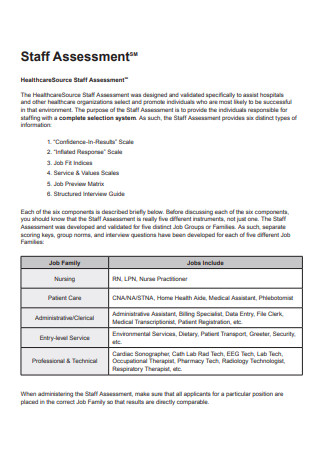
Staff Assessment Template
download now -
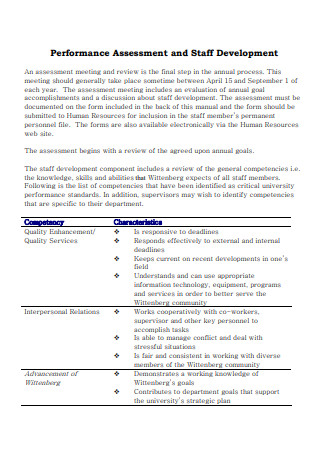
Performance Assessment and Staff Development
download now -
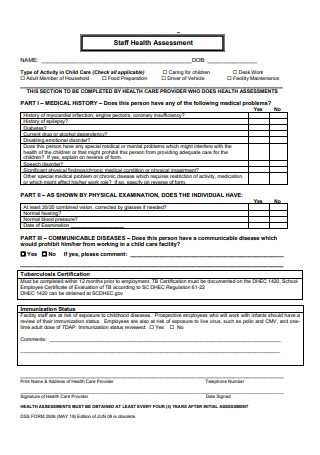
Staff Health Assessment
download now -
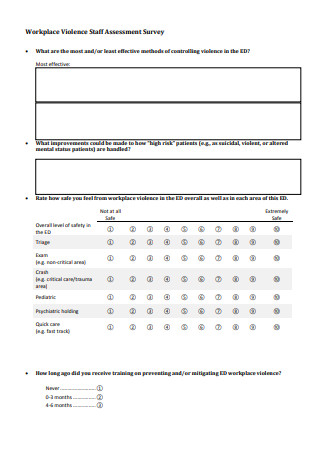
Workplace Violence Staff Assessment Survey
download now -
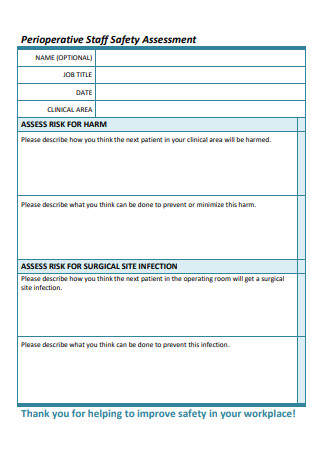
Staff Safety Assessment
download now -
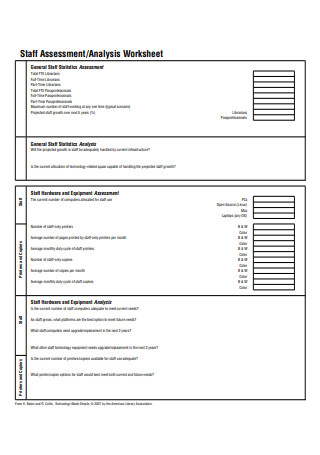
Staff Assessment Analysis Worksheet
download now -
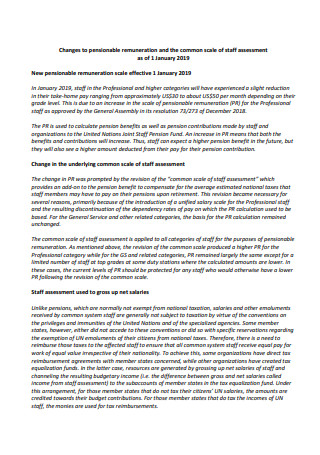
Staff Assessment in PDF
download now -
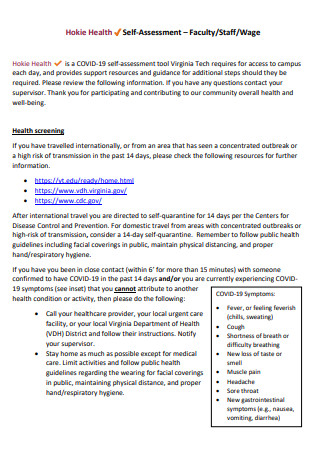
Staff Self Assessment
download now -
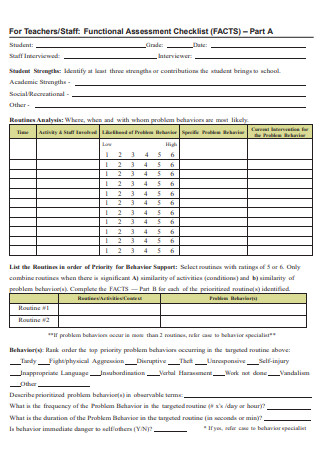
Staff Functional Assessment Checklist
download now -
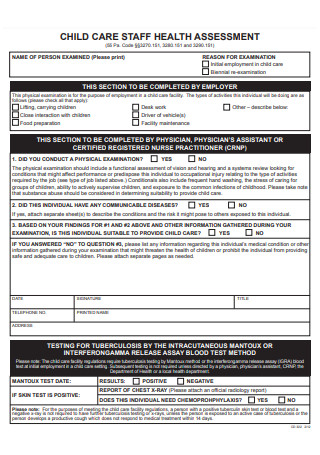
Child Care Staff Health Assessment
download now -
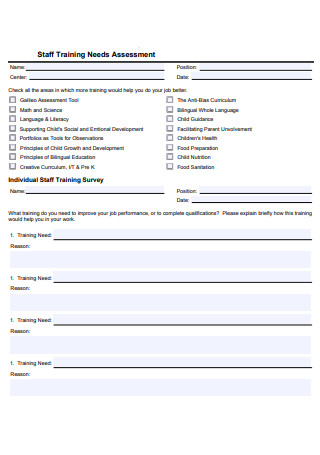
Staff Training Needs Assessment
download now -
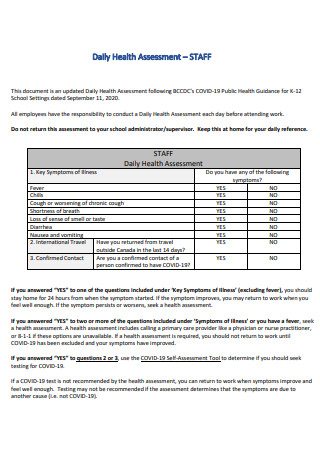
Staff Daily Health Assessment
download now -
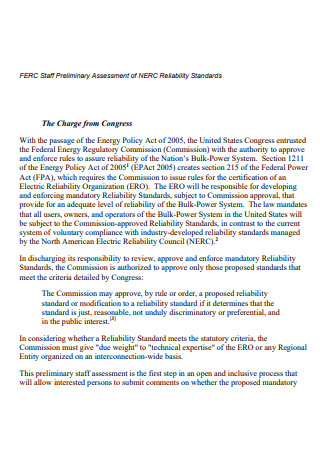
Staff Preliminary Assessment
download now -

Sample Staff Assessment
download now -
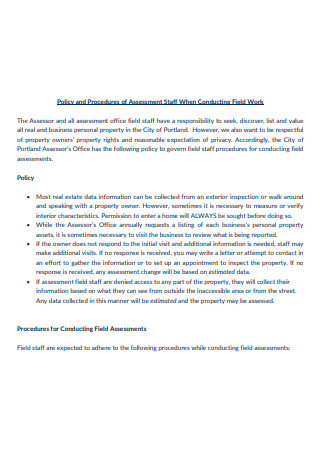
Staff Assessment Policy and Procedure
download now -
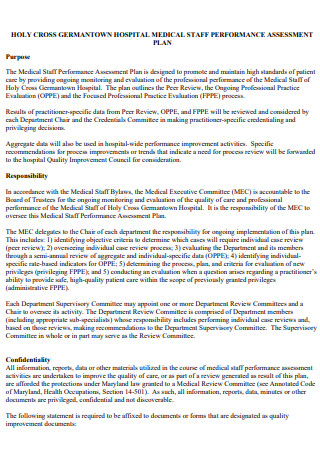
Medical Staff Performance Assessment Plan
download now -
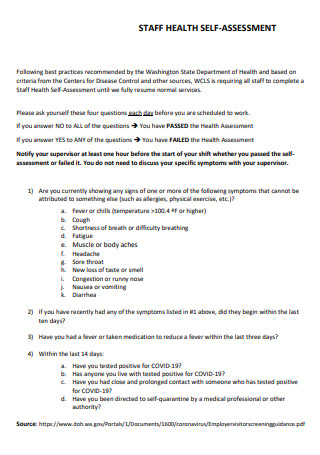
Staff Health Self-Assessment
download now -
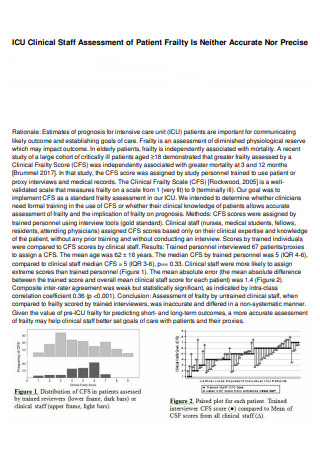
Clinical Staff Assessment
download now -
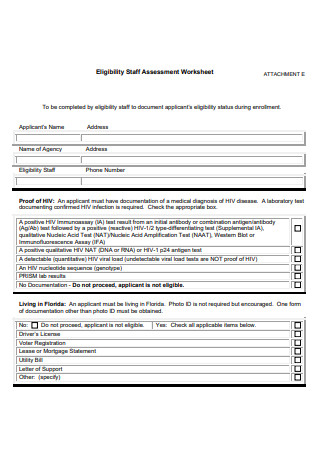
Staff Assessment Worksheet
download now -
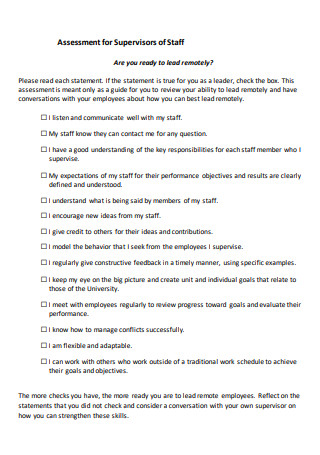
Supervisors of Staff Assessment
download now -
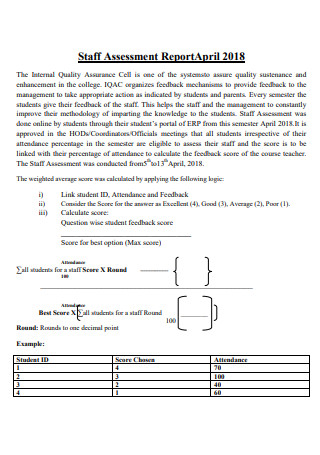
Staff Assessment Report
download now -
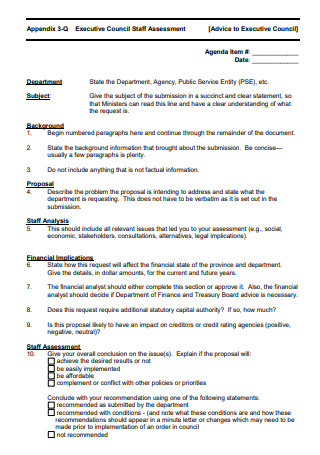
Executive Council Staff Assessment
download now -
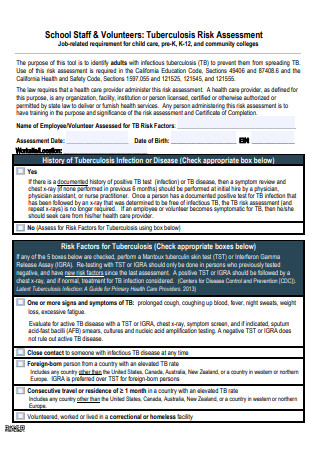
School Staff Risk Assessment
download now -

Staff and Ministry Assessment
download now -
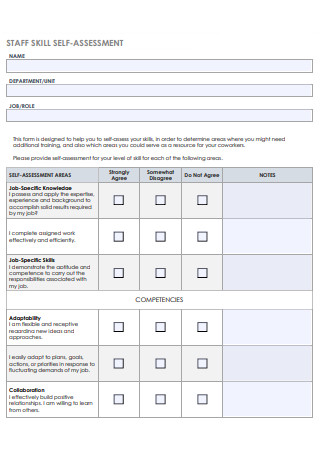
Staff Skill Self Assessment
download now -
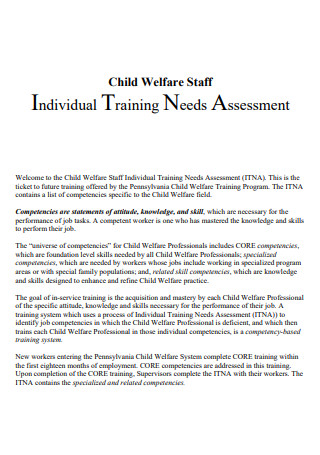
Staff Individual Training Needs Assessment
download now -

Staff Performance Assessment
download now -
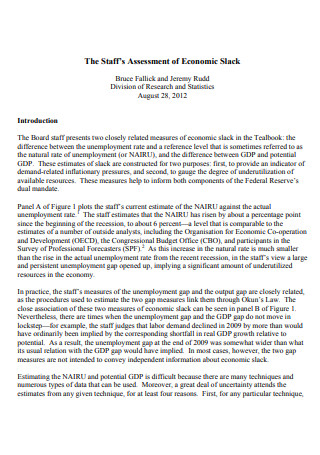
Staff Assessment Example
download now -
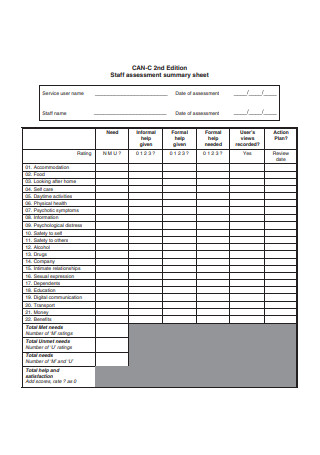
Staff Assessment Summary Sheet
download now -

Staff Facility Needs Assessment
download now -
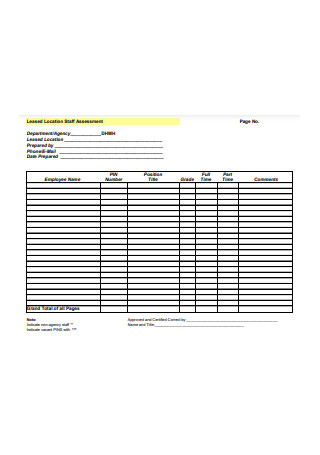
Leased Location Staff Assessment
download now -
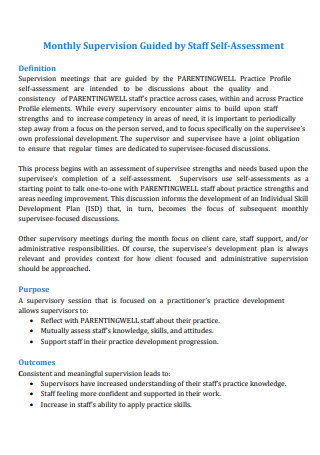
Monthly Supervision Staff Self Assessment
download now -
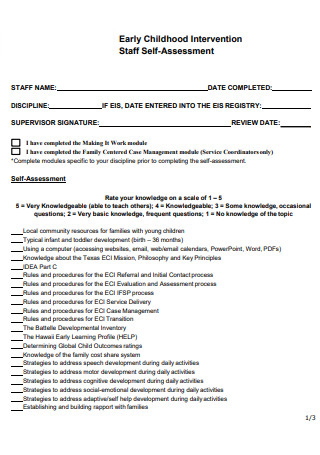
Childhood Intervention Staff Assessment
download now -
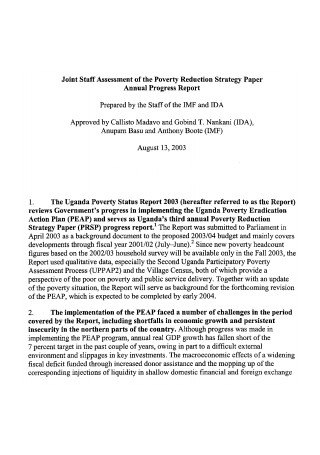
Joint Staff Assessment
download now
FREE Staff Assessment s to Download
33+ Sample Staff Assessment
What Is a Staff Assessment?
Tips on Assessing Employee Skills And Competencies
Benefits of Staff Assessment
How To Conduct Staff Assessment
FAQs
What is an employee evaluation form?
What criteria do you use to evaluate knowledge and comprehension?
What is the definition of functional knowledge?
What Is a Staff Assessment?
Staff assessments are evaluations or reviews of employees’ performance and productivity. These tests evaluate an individual’s personality, aptitude, and abilities. It is frequently used to conduct compensation reviews, performance evaluations, promotions, and terminations. Employee engagement is essential in a accomplishment of any company. On the other hand, employee engagement is difficult to achieve: only 15% of employees worldwide are involved in their jobs. According to new data, 63.3 % of organizations with 50 to 500 employees in the United States believe that retaining employees is more complicated than hiring them. Moreover, a third of workers are actively or inactively looking for jobs now.
As a result, firms in the United States spend $2.9 million every day seeking replacement workers. Employee evaluations have evolved into a critical component of the organization. It provides insight into how well your employees are performing and which areas they struggle with. Based on the assessment results, you will be able to place a greater emphasis on the skills gaps plaguing your employees and assist them in developing in their field of interest. Thus, achieving employee satisfaction will eventually help the organization in lowering turnover rates and increasing engagement.
Tips on Assessing Employee Skills And Competencies
Corporations, as well as their people, must adapt quickly to the changing environment. HR managers should know what talents the company’s employees already have and what competencies they lack to transition smoothly. They can organize training and seminars based on this information to fill up the gaps in knowledge and skills. Here are a few methods for evaluating employee skills and competencies as an HR manager or business owner.
Benefits of Staff Assessment
Staff Assessment assesses employees’ performance and allows them to identify their strengths and weaknesses. Employees will try to overcome their weaknesses and strengthen their strengths due to this, which aids in their personal development. As a result, their performance will grow, and they will gain new skills and experience.
Planning for the organization
Examining previous outcomes to determine how the organization is now functioning is another approach to use performance appraisals. Managers can use this information to define the organization’s future goals and objectives. It can also aid in assigning people to the best positions for their abilities and capabilities.
Personal and professional growth
Employee performance appraisal assesses employees’ performance and enables them to identify their strengths and weaknesses. This promotes personal growth in employees, as they will strive to overcome their weaknesses and build on their strengths.
Motivational Tools
Performance assessments have a beneficial impact on motivation because they recognize and reward hardworking and high-performing personnel. Employees feel valued as a outcome of this job acknowledgment. Identifying strong achievers would also enable the organization to offer promotions, bonuses, awards, and raises to people who deserve them. Furthermore, performance evaluation is an important feedback and communication tool. Companies would be able to provide direction to individuals who require it after gathering performance data. Employees will be able to discuss their concerns and challenges in their everyday responsibilities, which will help to boost their motivation. Employee recognition programs are an excellent approach to motivate employees.
Training
Companies can utilize data from appraisals to create training programs tailored to each employee’s specific needs. As a result, employees’ abilities will improve, and their chances of advancement will increase. By monitoring employees’ performance and comparing outcomes before and after implementing the program, performance appraisal reports can also be used to determine the success of the training.
Assists in selecting the best candidates for advancement.
Regular reviews are an excellent approach to understanding your employee’s performance and their suitability for advancement. The same performance review approach will be applied to all employees. As a result, managers will evaluate them more consistently for promotions, wage raises, or transfers. This will ensure that the proper individual is promoted and improves your selection process’s transparency and impartiality.
Employee retention is improved.
High personnel turnover can have a significant impact on your business. Not to mention the effect on employee morale and the ability to complete task lists. The nature of performance management guarantees that your employees’ goals and objectives are clear and reviewed regularly. Furthermore, by instituting regular feedback sessions and reviews, an employee can discuss and resolve any difficulties. Communication becomes more fluid and easy when employees have the opportunity to interact with their bosses frequently. Managers are also kept informed about their team’s development and any future problems. A solid performance review system will allow for both official and informal input frequently. Employee recognition will be prioritized, and learning and development will be encouraged.
It helps in workforce planning.
As part of a more comprehensive performance management approach, frequent employee reviews can also aid workforce planning. Employees can assist in identifying potential future staffing needs by discussing existing and projected workloads. Furthermore, if your staff have difficulty managing their existing responsibilities, arrangements can be made to distribute the load among other team members and prioritize the most vital activities.
How To Conduct Staff Assessment
A staff assessment is a complex but necessary activity that can help employers and employees align on common goals, examine past problems, celebrate triumphs, and devise a game plan for future improvements. A well-conducted assessment can help drive employees to excel in their careers while also assisting businesses in obtaining higher-quality work from their employees. An employee evaluation can also remedy problems, set the framework for a team member’s advancement within the organization, and produce practical HR issues. On the other hand, poorly handled assessments might leave employees feeling bewildered, disheartened, and disengaged. Try these six steps to make sure your staff assessment is beneficial to both you and your staff.
Step 1: Make a plan.
It is critical to plan the evaluation session to ensure that you do not overlook any essential aspects of an employee’s development. It would help if you created a checklist to help you remember everything you want to discuss. Ensure that you communicate with your employees about what the organization requires to improve their performance through appropriate tools.
Step 2: Be specific about your objectives.
Setting goals has historically been a critical component of how employees approach their jobs. An employee who has a clearer vision of their objectives is much more likely to succeed in the long run. To maintain that trend, you, as a leader, must articulate all of the organization’s goals and objectives. Divide it up and assign each person a task. Please provide them with a dedicated time frame and never press them to decide in a hurry. It will increase not only their productivity but also their confidence.
Step 3: Transparency is the key.
Being sincere and transparent with your employees is critical during the evaluation process. Employees must understand the assessment’s primary objective and the desired outcome for both parties. It’s all about outlining the process in front of them and informing them of it. It will assist employees in increasing their productivity by providing pertinent insights. Additionally, it will educate them about the skills gap and close it with the proper training and a positive attitude.
Step 4: Consistency is important.
Consistency is critical for the long-term success of your assessment sessions. Whether quarterly or yearly, it is essential to complete them on time. Otherwise, your employees will believe that the performance evaluation system is not being fair to them. Thus, consistency in conducting timely assessments enables your employees to improve their job proficiency. Maintain a primary focus on the competencies and skills of each employee to help you stay on track toward consistency. This makes it easier for you while also ensuring that the system remains impartial and fair to everyone.
Step 5: Focus and Improve
One of the goals of holding evaluation sessions is to concentrate more on staff development and performance improvement. Examine the areas where the organization falls short in terms of offering the necessary tools. It should be a two-way conversation in which both parties discuss their shortcomings. This will assist personnel in their development, but it will also improve the organization’s trustworthiness.
Step 6: Future Discussions
Before concluding the session, make a list of the future task reports you and your employees will undertake. How it will affect both the organization and the employee, and the extent to which it will be beneficial. Additionally, instill confidence in your employees that you are on their side and will always assist them in furthering their careers. This will improve their morale, motivation, and engagement.
FAQs
What is an employee evaluation form?
Employee evaluation forms are used to formally examine and document an employee’s performance and obtain the employee’s acknowledgment that the evaluation occurred. This is crucial for creating a paper trail to back up significant HR decisions. Using our employee performance review template, you can keep accurate records of your team, identify employees who need to improve, and thank those who have.
What criteria do you use to evaluate knowledge and comprehension?
You can use concept mapping to find out what pupils know and comprehend at the start of a unit. You can then build on it throughout a team to demonstrate a student’s progress and depth of comprehension. Individual maps can be used as the foundation for a whole-class map.
What is the definition of functional knowledge?
The term “functional knowledge” refers to the understanding of business operations. The knowledge that can be used in a variety of fields is referred to as functional knowledge. Domain-independent knowledge or functional knowledge, for example, financial procedures, order to cash processes, and procure to payment methods, is the knowledge that may be used in any domain. All of these processes have some standard logics and fundamentals that are valid across all fields, and the purpose of this part is to help you grasp those basics and typical business procedures. Functional skills give a more realistic approach to learning and applying knowledge for various skill and education levels. The abilities help children enhance their reading, writing, and communication skills and comprehension of numbers and mathematical concepts.
Following these guidelines, you may create staff assessment tests that will assist you in identifying employees’ deficiencies to develop a more precise and appropriate training approach. Your practice’s structure should include a performance evaluation mechanism. It provides fairness and accountability, promotes growth and development, and fosters pride in your employees’ contributions to the practice when executed properly. When reviewing your employees, you must balance criticism and praise, acknowledgment, and setting smart goals. While it is a challenging chore to handle, it will motivate employees to improve their ability to respond to constructive feedback.
